What will be blooming this Spring? If you’re interested in learning about plants but don’t know where to start, you can start here! Join me on a plant identification walk where you will learn about some of Minnesota’s native plants and weeds that are commonly used in Traditional Western Herbalism. Not only will you gain knowledge, you will have the opportunity to discuss their energetics and everyday uses including first aid! Details on the date and time will follow.
|
Europeans settlers brought Ground ivy, commonly known as Creeping Charlie, to the United States, because it grew quickly and provided food that was easily stored and helpful in the prevention of scurvy. It is a low growing plant that is found in moist shady areas, along paths, under trees and along roadsides. It’s a member of the mint family and has a square stem which grows up to two feet in length. The leaves ...are heart shaped, dark green and sometimes have a purple tint. The vine flowers in March. Ground Ivy contains a volatile oil which aids in relieving congestion and inflammation of mucous membranes associated with colds, stuffy noses, respiratory flu symptoms, and sinusitis. It has a solidifying effect on the bowel system is very useful for gastrointestinal flu. A medicinal tea is used to treat digestive disorders, gastritis, acid indigestion, diarrhea, bloating, colic and is an appetite stimulant. It is beneficial for liver, urinary tract and kidney function. Ground-Ivy is being studied for use in preventing Leukemia, Bronchitis, Hepatitis, many kinds of cancer, and HIV. Although results are not conclusive, it is being used as an antidote for lead poisoning. It is an Anti-allergenic, Antibacterial, Anti-flu, Antihistaminic, Anti-inflammatory, Antioxidant, Antiseptic, Antispasmodic, Antiviral, Expectorant, Immune-stimulant, and Sedative. Some of the plant constituents are cineole, alpha-pinene, apigenin, beta-sitosterol, borneol, caffeic-acid, ferulic-acid, hyperoside, iodine, luteolin, menthol, oleanolic-acid, rosmarinic-acid, rutin, ursolic-acid. Tea is made from the fresh or dried leaves. It has a high Vitamin C content it is a great addition to soups, stews and vegetable dishes. Leaves can be boiled, strain and used to clean scratches, scrapes and abrasions. This mild, but effective herb is safe for small children. When they have fevers and chest colds, the high Vitamin C content is helpful in their recovery. Ground ivy tea or juice is well tolerated and can be used by all people, young and old. •Supports the healthy function of Bladder, Liver and Kidneys
•Helps regulate fat metabolism in the liver •Possess glycemic moderating effects... •Lessens symptoms of Chronic Fatigue Syndrome and Fibromyalgia •Helps to increase energy •It helps your body regulate the stress hormone cortisol, which takes a load off your adrenal glands. •Soothes sore throats, eases coughs and congestion from colds, is an expectorant, loosen and expel phlegm, and it also has a soothing effect on irritated mucous membranes. •Leaky gut remedy •used for stomach inflammation and upper respiratory problems, cough, bacterial and viral infections •Licorice has estrogen-like effects and has been found to reduce the number and duration of hot flashes as well as hormone therapy in postmenopausal women and is useful in relieving the symptoms of premenstrual syndrome (PMS). Red Clover grows in abundance throughout the United States. It has been used in herbal remedies going back centuries. The plant is used both topically and internally. It is used for relieving the pain of sores, burns, eczema, psoriasis and many other skin conditions. It’s used to help lower cholesterol, and to purify and thin blood. it can increase bleeding and should not be taken prior to surgery. It is not recommended for anyone taking blood-thinning medications unless instructed by a doctor. It acts as an estrogen replacement. It has been studied and found its useful in alleviating the discomfort of premenstrual and menopause symptoms such as hot flashes/flushes, and PMS. There are so many other uses not listed for this awesome plant.
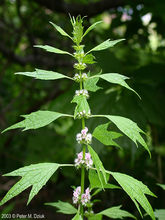 The plant is a member of the Mint family. The leaves and flowers are used to make herbal medicine. It has a pungent odor and a very bitter taste. A mature plant has many white, fuzzy hairs associated with the blooms. It grows up to four feet in height and is found along roadsides and vacant fields. It is very useful for a variety of health issues and Is very nutritious like stinging nettles and dandelions. The plant contains the alkaloid leonurine, which is a mild vasodilator and has a calming effect on smooth muscles. It has been used to improve circulation and lower blood lipids. It is known to reduce blood pressure and maintain a steady heartbeat. It has relaxing effects on the nervous system and is used by herbalists to treat heart palpitations and irregular heartbeat associated with panic attacks. It is useful and helps treat abnormal menstrual cycles, premenstrual syndrome and menopause symptoms. Because of its antispasmodic effects, Motherwort is helpful in restoring uterine muscle tone after the childbirth and is not recommended during pregnancy as it may create uterine contraction and potential miscarriage. It can create sensitivity to natural and artificial sunlight for some individuals. Sunscreen should be used when taking motherwort. It’s also a supportive therapy for hyper thyroid activity. It is a, Sedative, Hypotensive, Cardio tonic, Antispasmodic, Emmenagogue, Relaxant, Carminative and Diaphoretic. |
AuthorMy name is Dawn Durow. I am a Professional Herbalist. I have a passion for natural healing and using herbs for health and wellness. I use locally grown, wild crafted and organic herbs in my practice. Archives
July 2018
Categories |
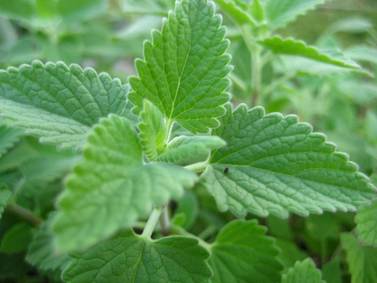
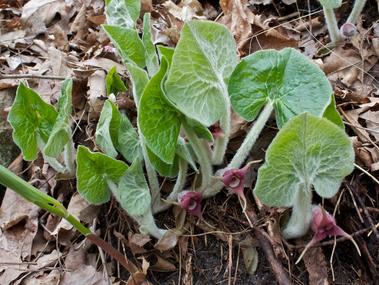
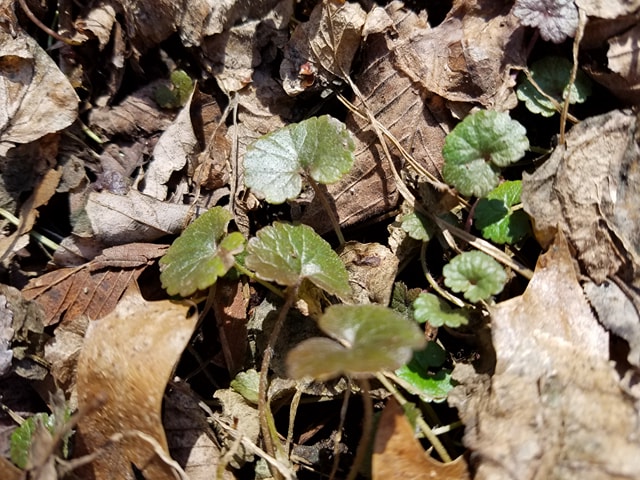
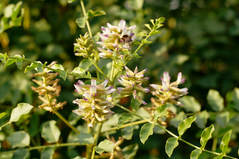
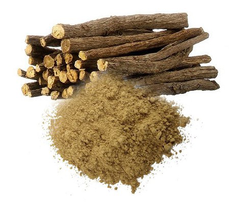
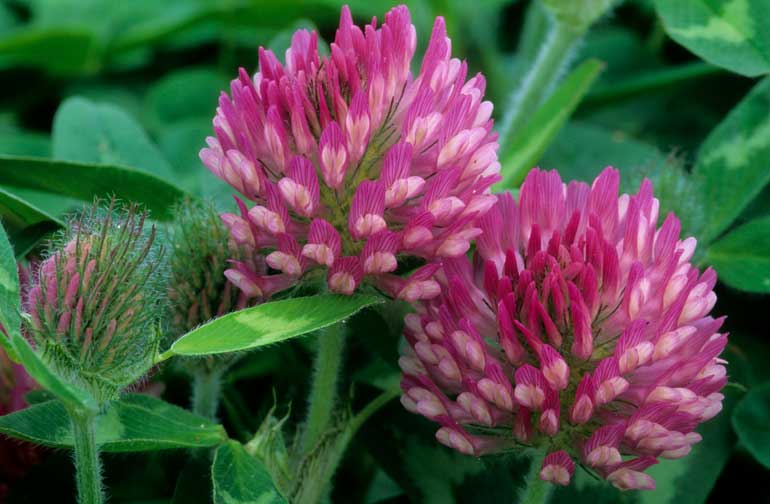
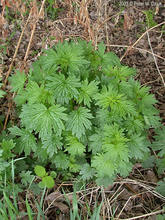
 RSS Feed
RSS Feed